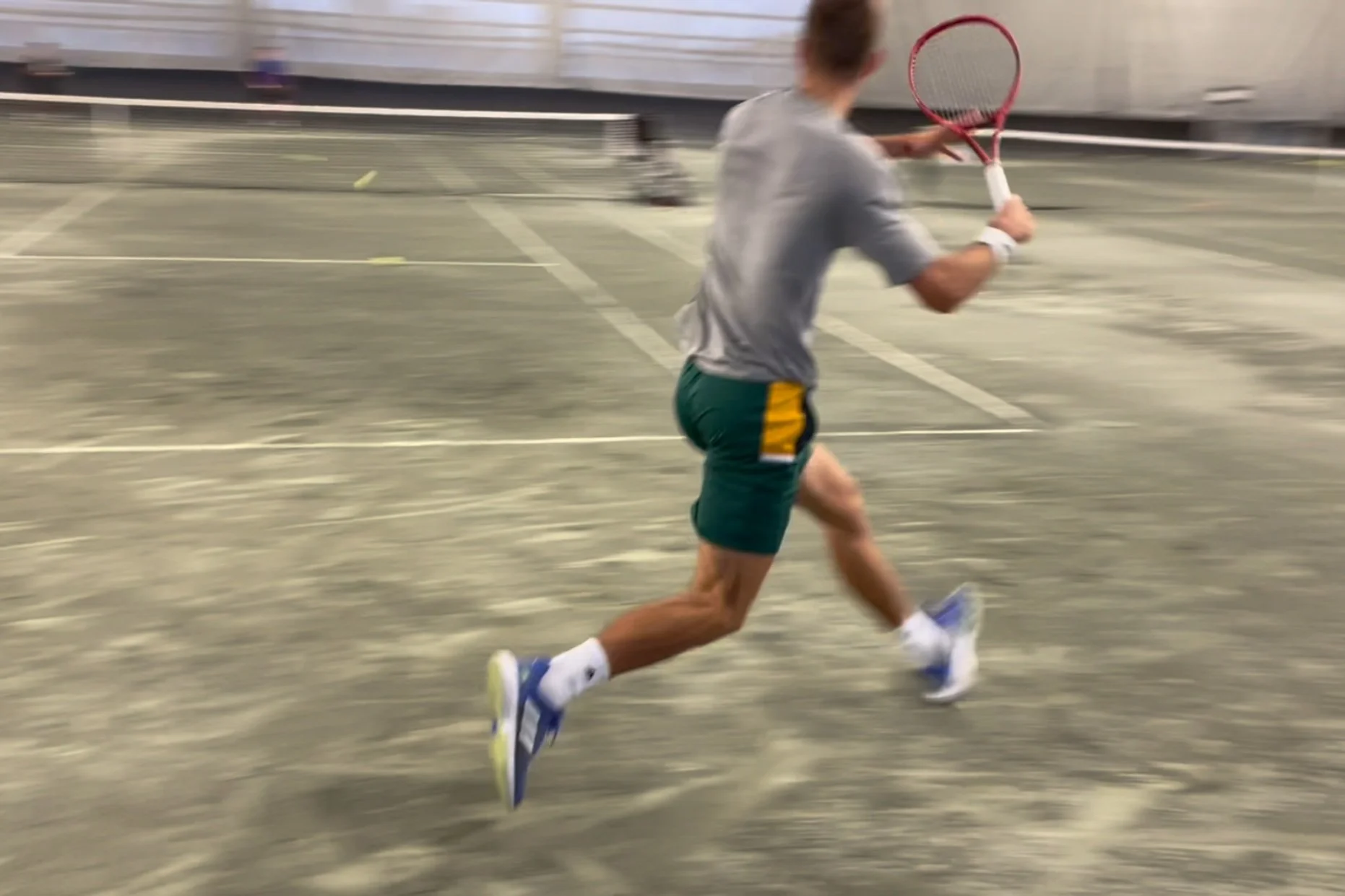Many experts in the field of motor learning believe that the way a coach interacts with an athlete, bears a tremendous impact on the improvements that athlete makes. These same experts, however, would argue that the organization of a practice is perhaps even more important than what a coach says to his/her athlete. Let’s assume that to be true for a moment. As a coach, would that change the way you look at your practices? As a player, would it affect your perspective when attempting to improve serve accuracy, for example?
Viewing entries in
Motor Learning
Are you familiar with the ‘10,000 hour rule’? Many of you probably are. If you’re read Malcolm Gladwell’s book, ‘Outliers’, then you definitely are. The premise goes like this; practice something a lot - 10,000 hours, or about 10 years - and you’ll develop expertise in that particular domain. It sounds simple doesn’t it. But is it truly so? Many of us, or our students, have played tennis for well over 10 years, but I wouldn’t necessarily start calling ourselves ‘experts’. Now we might be pretty good, but expertise, as defined by researchers in this field, means far more than just ‘pretty good’ or even ‘really good’.
What if I could tell you the secret to successfully winning more points and being more in control of a match? Would you want to know? Of course you would! It’s not a secret but sometimes, we look past it, forget about it or take it for granted. You must know the road ahead, because if you know what’s coming next you have an incredible power called Anticipation. Anticipation is the ultimate advantage! The first step in increasing the power of anticipation is to realize and affirm the number one body part that you'll use to play tennis – your eyes. The skill of shifting the eyes from what you just did - striking the ball - to noticing the body position and the racquet position of your opponent, is a critical one. The main reason we lose points and get beat is we fail to anticipate what’s coming next.
If you’re anything like me, you may often marvel at the game’s best players. As an observer, I often ask myself, "how do they make it look so easy?" Many of us probably wonder if it's possible for anyone to play at that level. Or if you’re a coach, you wonder if you can ever get an athlete to that level. Just for the record, I don’t believe in talent. Even considering the dominance (and brilliance) of players like Federer, Nadal and the Williams sisters. They all practiced (and practiced and practiced). This isn’t just opinion based, rather, it’s derived from a new-ish branch of motor learning called 'the science of expertise'.
Bend your knees. Use your legs. Turn your shoulders. Extend your elbow at impact. Flick your wrists. These are just some of the verbal cues that we’ve all heard countless of times. Notice any similarities? Let me give you a hint...the focus of these instructions are directed exclusively towards a body segment or part. Is this type of feedback relevant? Does it help improve technique and ultimately, performance? Let’s take one of these examples and break it down. 'Bend your knees'. How does a player interpret this cue? I mean how low should I bend my knees? Is a 90 degree bend more or less effective than a 100 degree bend? On which type of shot? Should one knee be bent more than the other? As you can see, this cue can be interpreted in a number of different ways depending on the athlete and the context.
This is a follow-up to last week’s article. This post will attempt to clarify the misconception that dynamical systems theory (DST) and nonlinear pedagogy (NLP), which for the sake of simplicity I will use interchangeably, are solely game-based approaches to coaching. To highlight this fallacy, we’ll define both open and closed skills - which is often a poorly understood topic in and of itself. Finally, we’ll take a look at the complexity of learning through the lens of fixed versus variable movement patterns - what they are, how they’re developed and why both are necessary qualities for skilled movement execution.
When I was a teenager, I left home to train at a tennis academy - about 2 hours away from my family. I grew up in a small city where there was 1 outdoor tennis club and no indoor tennis - which is why I made the move. Growing up and playing at a small club, with no junior program, you tend to get friendly with older adult members. Most of my practice partners were over 35 with many above the age of 50. When I told them I was leaving, they said one thing that stuck with me until this very day - “hopefully they build on the game you have, rather than changing all of your strokes at once”.








